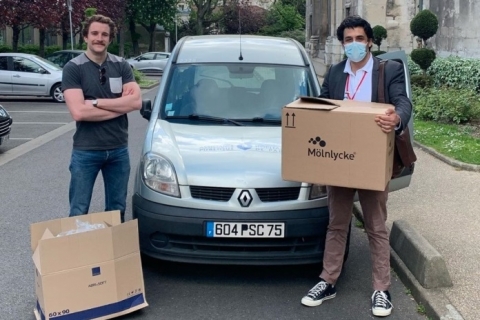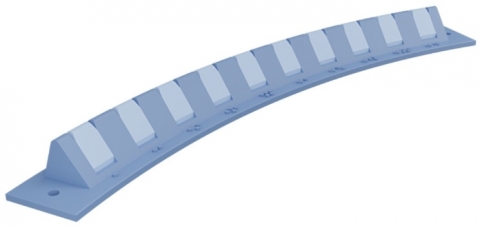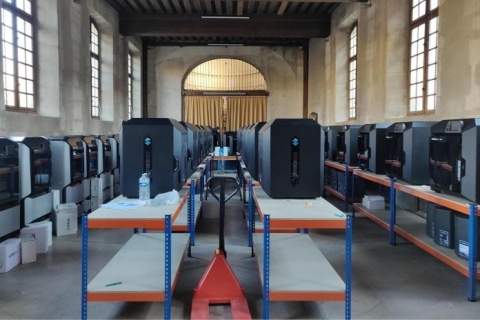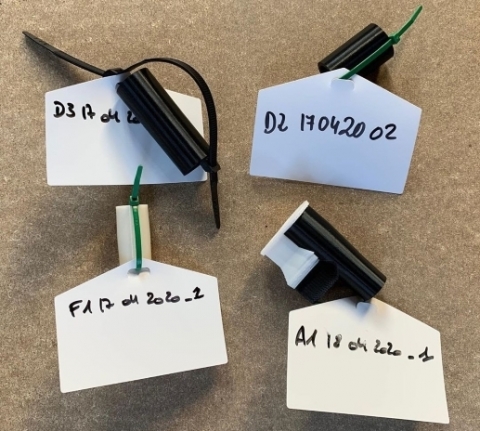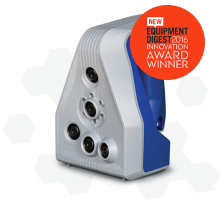Hospital in Paris 3D prints medical equipment using Artec Space Spider for quality control
When the first case of Covid-19 – then known as a mysterious pneumonia-like disease – occurred in Wuhan, China late last year, most of us had little idea of the pandemic that was about to change the world as we knew it. By January 2020 more than 40 people in China had been infected and a name had been assigned – Coronavirus, or Covid-19. Over the next few months, a global pandemic would halt local and international travel, businesses would shut down, widespread quarantines would be imposed, and for most of the world, only essential services would be allowed.
As of mid-May 2020, almost 5 million cases have been reported internationally, with 1.7 million recoveries and more than 300,000 deaths. In France, as of mid-May, more than 180,000 cases have been reported, with 28,000 deaths and 60,000 recoveries. At its peak, it stood as the country with the fourth highest number of cases – higher than China, where the outbreak began.
Medical care was crucial in countries with rising numbers, and hospital beds were running out, more than any other essential services. Medical workers would be stretched thin in both time, numbers, energy, and resources.
That’s when Covid3D.org, a new initiative led by Paris-based surgeon Dr. Roman Khonsari with Paris hospital authority APHP (Assistance Publique – Hôpitaux de Paris), and funded by the University of Paris and luxury group Kering, would take shape, with 3D technology forming the backbone of this initiative. The operation needed to be a big one and one that worked accurately and quickly.
The plan: To set up a 3D printing operation in Paris, where medical equipment could be designed and printed quickly, cheaply, and on demand. The challenge: Starting from scratch and in unchartered waters.
On top of that, with rising numbers and factories worldwide shutting down, time was of the essence. With the support and mobilization of fifty doctors, engineers, developers, entrepreneurs, and members of both public and private sectors, Covid3D was launched in just ten days.
“There’s no textbook for 3D printing medical devices during a global pandemic,” Dr. Khonsari says. “And a big challenge as the large amount of legal work involved – this is something we wouldn’t normally be able to do, and we were now creating a brand new framework for the purpose of printing medical supplies.”
And it wasn’t just that hospitals in Paris were running out of medical supplies, Dr. Khonsari explains. With manufacturing hubs like the US and China slowing down operations or keeping what they were producing for domestic use, there was now a need for medical supplies beyond what Covid-19 cases required. Items of critical importance include valves, intubation equipment, respirators, syringe pumps, masks, and medical connectors.

